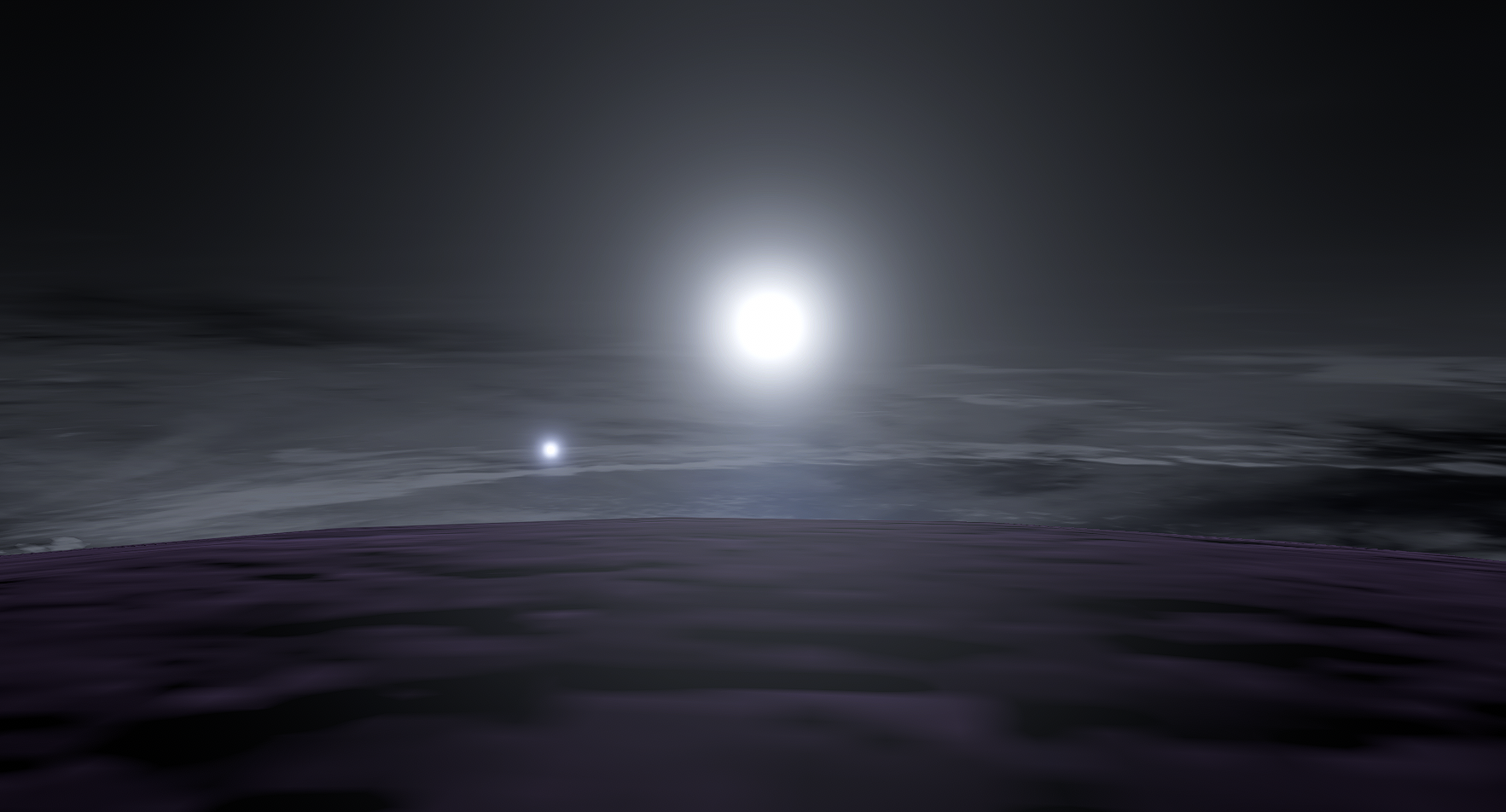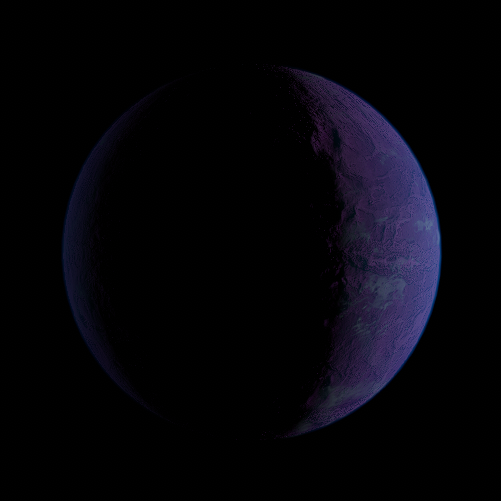Beta Venera
Beta Venera II, known simply as Beta Venera[1], is a planet located in the Western Reaches of the Empyrium. It is located in the Beta Venera subsystem of the wider Alpha Venera solar system, of which it is the capital. however the whole system takes its name from this planet due to its significance. Beta Venera is incredibly hostile, lacking surface water, native plants, and native flora. Its two suns keep the average temperature of the planet above 85 degrees Celsius, and because the planet lacks any axial tilt, inhabitation is limited to thin temperate bands that divide the scorching equator and the freezing poles. Despite this, the planet holds nearly 200 million citizens, many of whom earn great fortunes from the rare minerals found outside habitable zones. Although located in an Imperial system, it is is a free world, being the richest but least-populous of all inhabited planets in Alpha Venera, and one of the most disproportionately rich planets in all of the Empyrium.

The planet's unique position in its system, along with many of its closest neighbours, means it experiences two overlapping day cycles - half is lit by the star that the planet orbits, and half is also lit by the much more luminous star that it doesn't orbit directly. These two halves are not in sync, meaning that darkness covers anywhere between 50% and 0% of the planets surface at any given time.
- ↑ pronounced (BAY-tuh vuh-NEER-uh)
